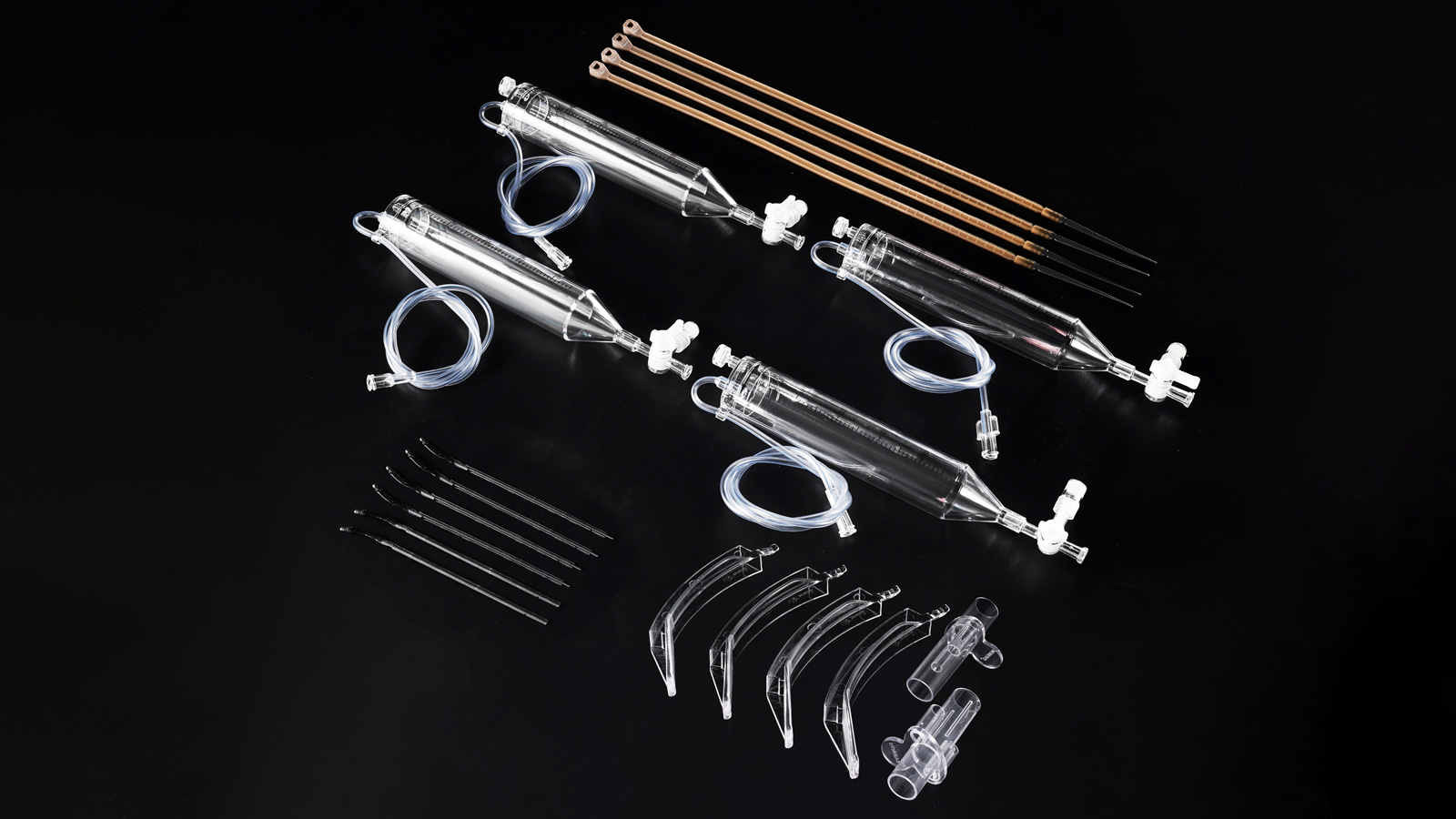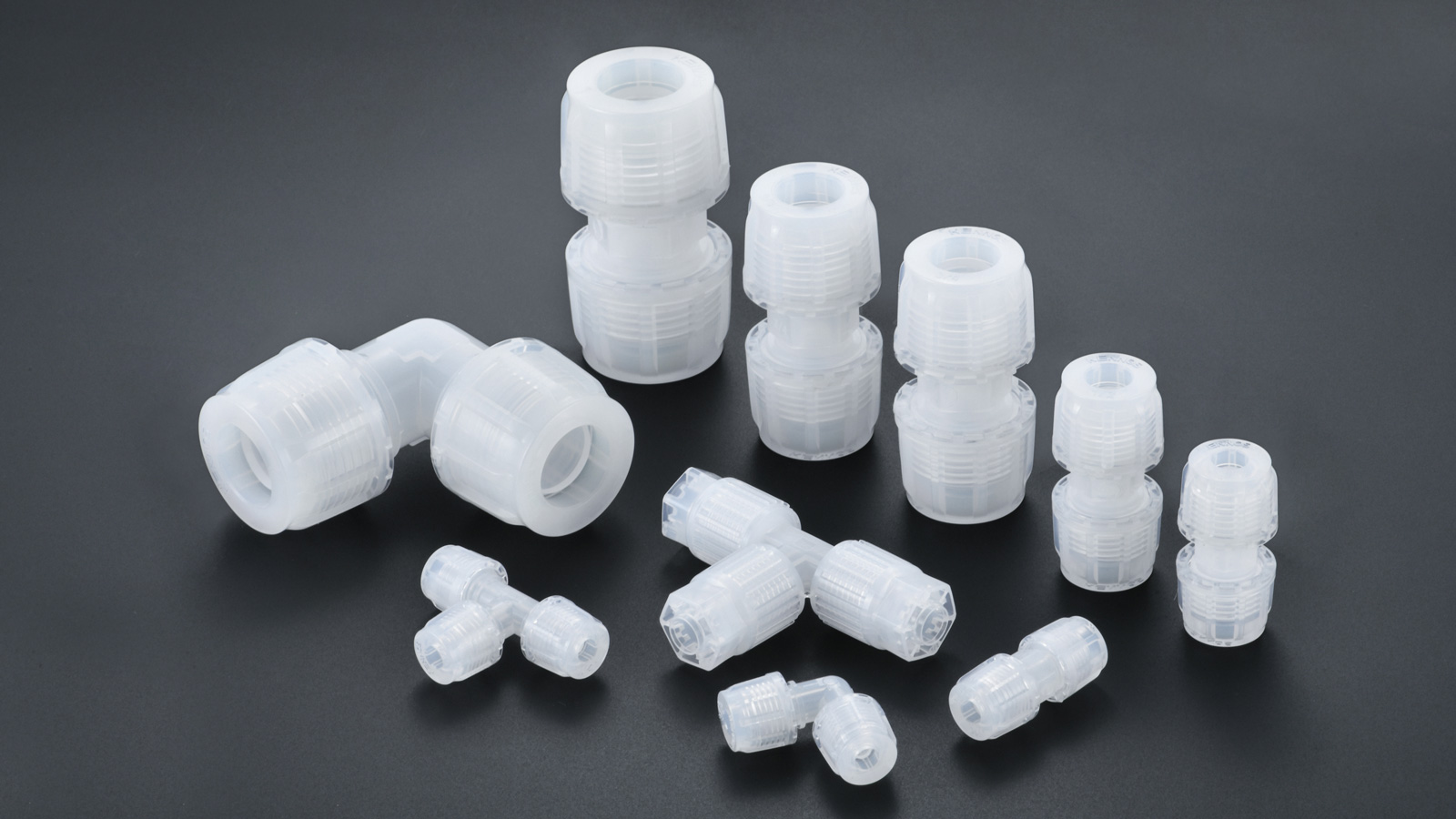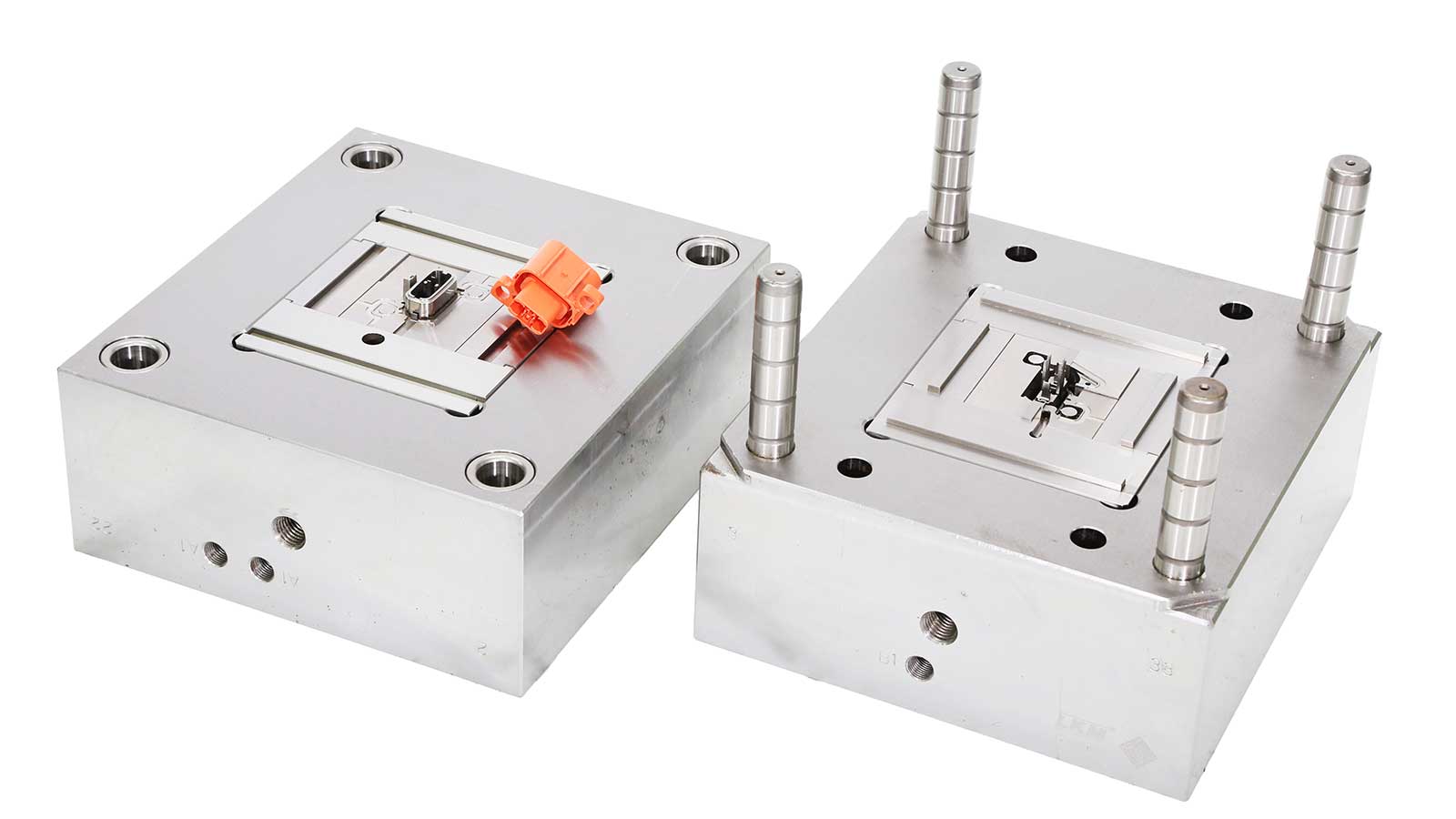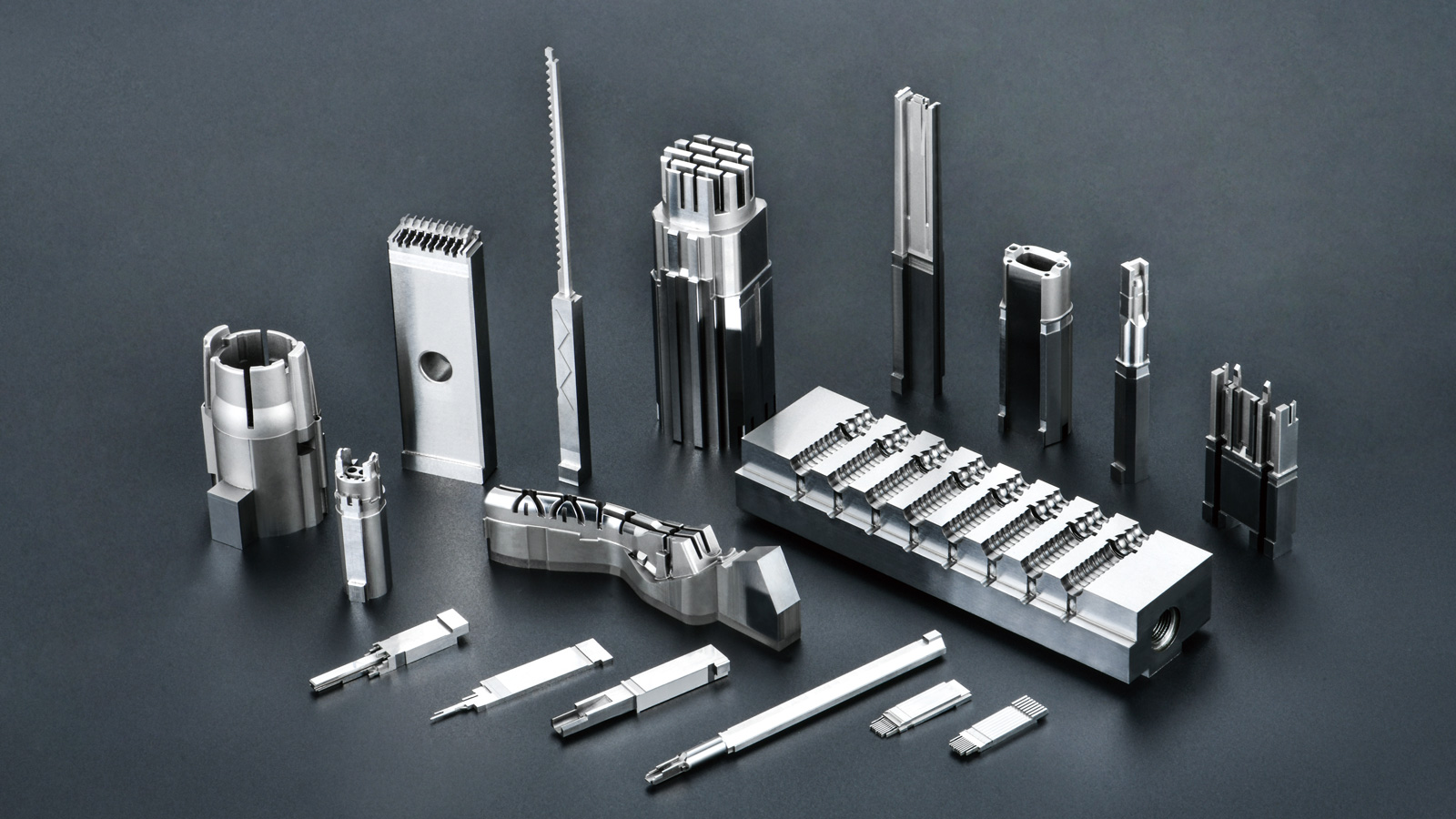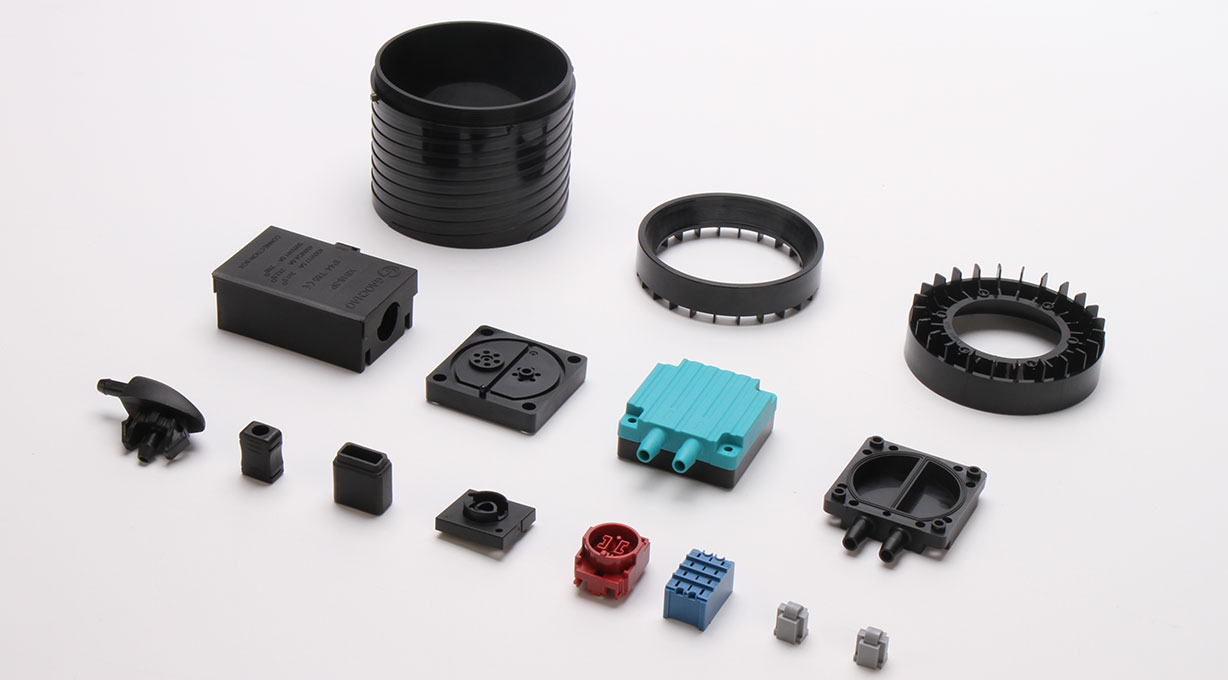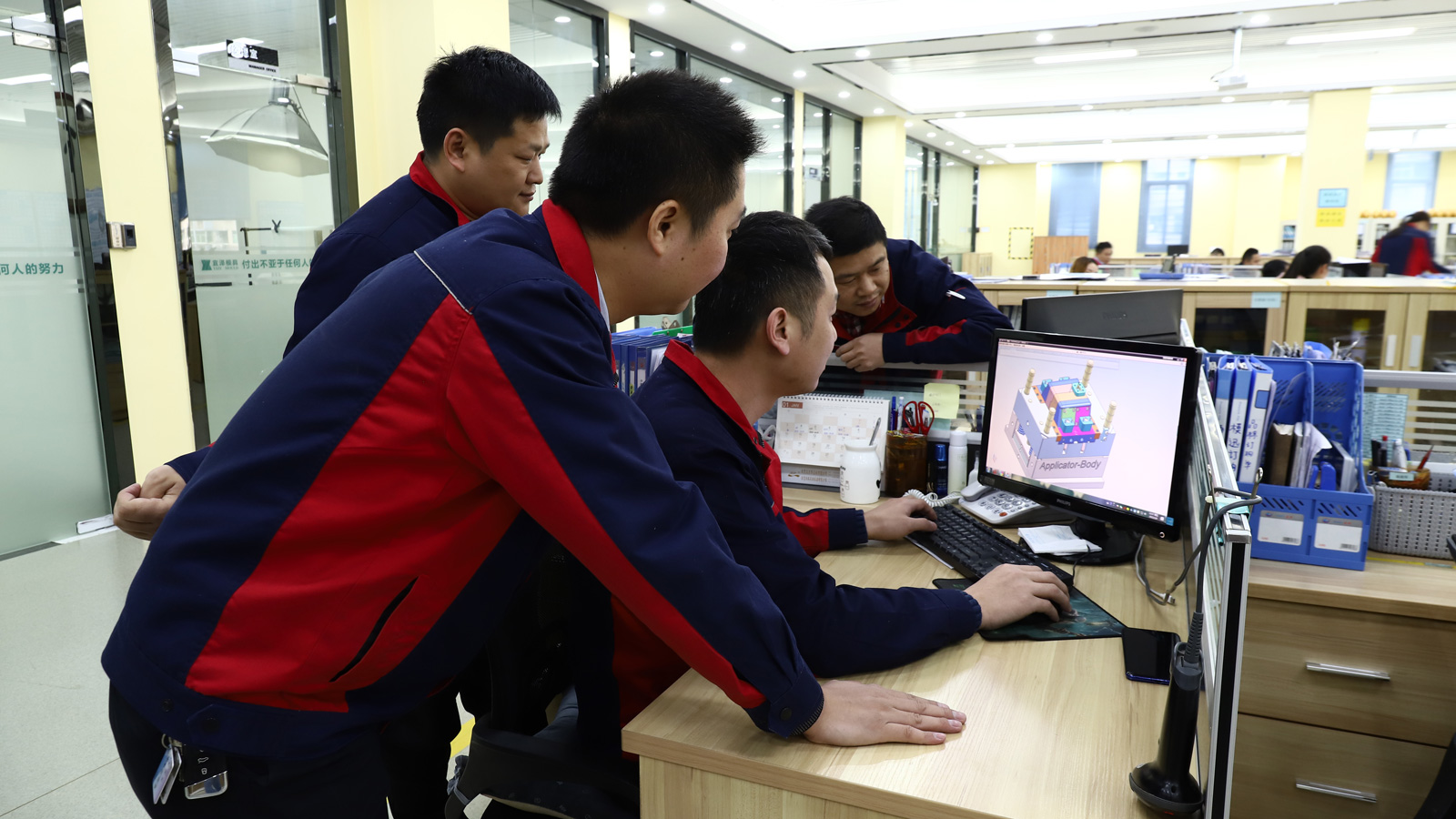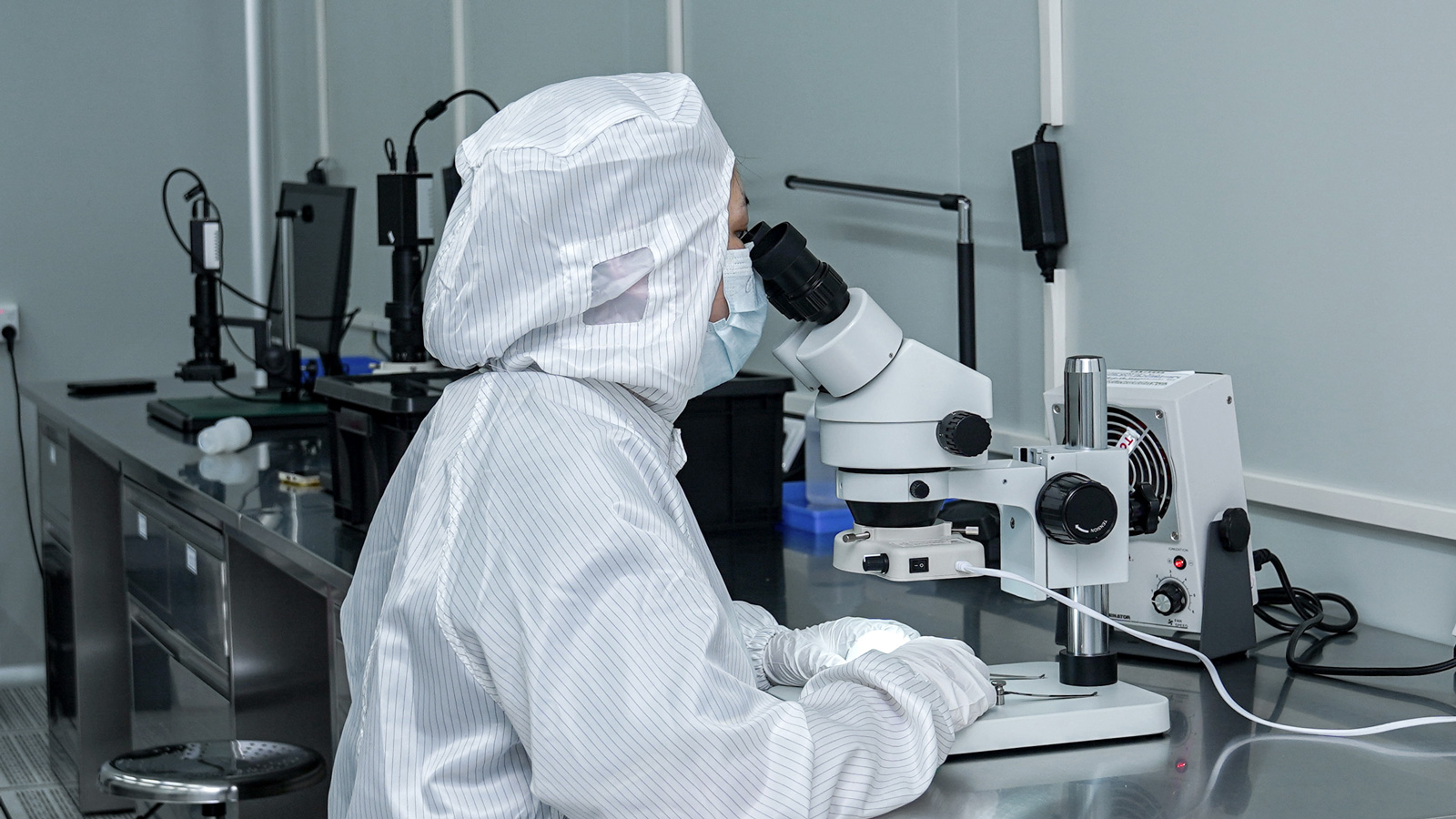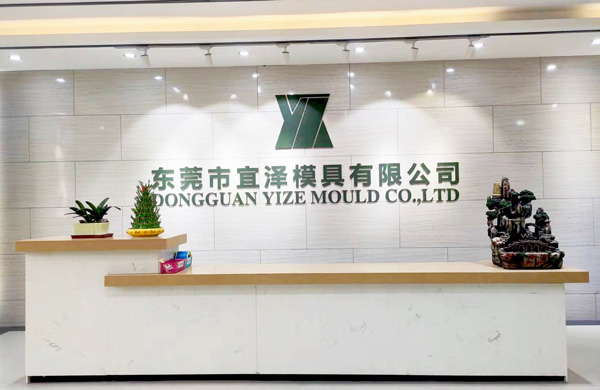In the field of injection molding, the injection molding cycle is like the heartbeat of production, directly determining labor productivity and equipment utilization. On the premise of ensuring the quality of plastic parts, minimizing the various relevant time segments within the molding cycle is crucial for improving production efficiency and strengthening a company’s competitiveness. Among all the stages in the injection molding cycle, injection time and cooling time are undoubtedly the two most critical aspects, which have a decisive impact on the quality of injection-molded parts. Next, let’s delve into how to reduce the injection molding cycle time effectively.
Injection Time: Precise Control of Filling and Holding
Injection time primarily consists of filling time and holding time. The filling time refers to the duration required for the screw to rapidly advance and precisely push the plasticized molten material into the mold cavity. Typically, it takes about 3 to 5 seconds to fill the mold cavity. For plastic parts with high melt viscosity and rapid cooling rates, using a fast injection method can effectively reduce the filling time of the melt, ensuring efficient production.
The holding time is the dwell time after the screw advances and completes the injection, during which the molten material cools in the mold cavity and the injection pressure is continuously supplied. Among the entire injection time, the holding time accounts for a relatively large proportion, generally ranging from 20 to 120 seconds. The shape and size of plastic components have a significant impact on the holding time. Plastic components with simple shapes and small sizes have relatively short holding times, while those with larger volumes and thicker walls require longer holding times to ensure molding quality.
Cooling Time: Precise Regulation under the Influence of Multiple Factors
Cooling time refers to the duration from the completion of melt filling until the plastic part solidifies in the mold. The length of this time is comprehensively affected by various factors, including the thickness of the plastic part, material properties, and mold temperature. In actual production, the standard is usually to keep the cooling time as short as possible while ensuring that the plastic part does not deform during demolding. Generally, the cooling time of plastic components ranges from approximately 30 to 120 seconds.
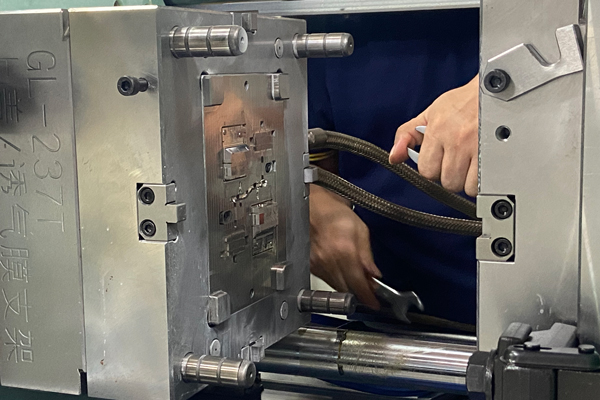
Shortening Cycle Time: Multi-dimensional Strategies for Production Upgrade
Reducing the injection molding cycle time can significantly lower the manufacturing cost of plastic parts. And it also enables the injection molding machine to produce more products with the same energy consumption.
Select High-speed Injection Molding Machines
The operation process of an injection molding machine includes multiple steps such as melting plastic, injection, mold opening, mold closing, and demolding. The performance of the injection molding machine itself is one of the key factors affecting the injection molding cycle time. High-speed injection molding machines have many advantages in terms of speed, which can significantly shorten the time of each production stage, thereby effectively reducing the overall molding cycle.
Optimize Mold Design
Ensuring that the mold structure is simple and easy to machine is an important measure to shorten the injection molding cycle time. Most molds have multiple design possibilities and a variety of demolding methods. By simplifying the mold design and reducing its complexity, complex operations during the production process can be minimized, thus shortening the injection molding cycle time.
Build a Good Heat Dissipation System
In the injection molding process, the cooling stage not only wastes time but also occupies a large portion of the injection molding cycle time. Therefore, building a good heat dissipation system is of utmost importance. Using cold water to cool the mold and employing low-temperature cooling water, while ensuring that the cooling water can quickly pass through the cooling system, helps accelerate the cooling rate of plastic parts, thereby effectively reducing the cycle time during the injection molding process.
In the fiercely competitive injection molding manufacturing industry, shortening the injection molding cycle time is the only way for companies to enhance their competitiveness and achieve sustainable development. By precisely controlling the injection time and cooling time and applying the above-mentioned multiple strategies, companies can significantly improve production efficiency, reduce production costs, and occupy a more favorable position in the market.
